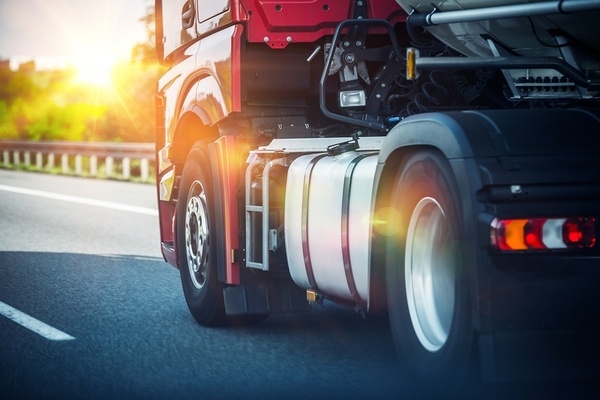Flexible food packaging is no mere trend, and it is more than just convenient for you and the end users you serve. It is an ecologically sound choice that helps you meet environmental initiatives for a lower carbon footprint. What’s more, companies that monitor their carbon footprint and implement improvements tend to make money, not lose it, on the switch, according to Scientific American.
If you are committed to a greener environment, flexible food packaging is a leap in the right direction. Here is why flexible packaging is such an important part of an eco-friendly policy for the food processing industry.
Reduce Raw Packaging Materials
Flexible packaging requires fewer materials to contain, protect, and transport food than its rigid counterparts. According to the Flexible Packaging Association (FPA), it takes about three pounds of aluminum or six pounds of rigid PET plastic to contain 60 pounds of beverage. If you opt for glass, expect to use 50 pounds to contain the same amount of liquids. On the opposite end of the scale, 1.5 pounds of flexible packaging does the same job.
Consume Less Energy
Choose flexible packaging and use less energy along the whole lifecycle, from manufacture to disposal. A recent FPA publication, “Flexible Packaging: Less Resources; Less Footprint; More Value”, states that flexible materials consume half the energy as their nearest competitor.
Flexible materials use less energy to manufacture. Because they are small and collapsible, they require less energy to transport when empty. When filled, their comparably small size and lightweight nature require less energy to transport, whether the vehicle is a delivery truck or a warehouse forklift. At the end of the lifecycle, fewer fossil fuels are needed to transport the empty containers.
Check out our full product line of flexible materials and see the wide range of choices available. Shrink your reliance on fossil fuels for manufacture as well as transportation.

Generate Fewer Carbon Emissions
Less energy translates to fewer carbon emissions. In the same FPA publication, the Association says flexible materials produce 75 percent fewer carbon emissions than the next closest packaging option.
Choose glass, and get in return about a 1:1 product to packaging ratio and .29 in carbon emissions (Kg CO2 e / 8 ounces). Aluminum is better, but it offers a 21:1 product to packaging ratio and .08 in carbon emissions for the same volume. Flexible packaging provides the highest product to packaging ratio—35:1—and only .02 in carbon emissions.
Send Less Packaging to Landfills
No one wants to layer more unnecessary waste onto already overburdened landfills. Most businesses and consumers want to reduce their impact, and flexible packaging helps you support that initiative.
Fewer materials and less packaging put you in a more advantageous position for waste reduction from the start. Flexible packaging can also help improve food product shelf life, says the FPA, so less packaging is thrown away unnecessarily. With ongoing research into recycling potential, flexible materials stand to produce even less waste in the future.
The benefits of flexible packaging for food products begin at the manufacturing level, span the food processing stage, extend to the end user, and continue through disposal or recycling. It uses fewer raw materials, produces fewer carbon emissions, and is effective for containing and protecting food as well.
At CDF Corporation, sustainability and environmental awareness have been part of our policy since 1971. If you are ready to move into the future and reduce your carbon footprint, contact us for a free sample and access to our corporate brochure.